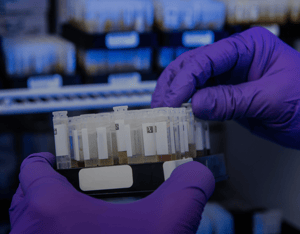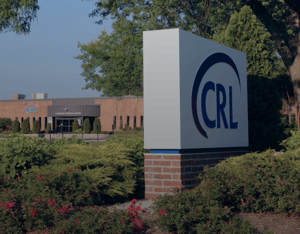Dr. Steven Rigatti, Consulting Medical Director to CRL, explores trends in an increase in tobacco misrepresentation - applicants who answer “no” to tobacco related questions but who test positive for urine cotinine.
A Study in Four Charts
Clinical Reference Laboratories has been collecting urine for cotinine testing for several decades. The present study includes 6.7 million samples tested between 2014 and 2021. This came about because of the changing landscape of tobacco usage and life insurance underwriting. Recently, there has been a trend toward non-cigarette tobacco usage in the form of vaporizers, oral troches, and others. Simultaneously, there has been a trend toward performing fluid testing on a lower proportion of applicants. Prior studies have demonstrated that there has been an increase in tobacco misrepresentation - that is, applicants who answer “no” to tobacco related questions but who test positive for urine cotinine. In this study, we see to explore these trends in 4 charts.
Chart 1:
Chart 1 includes only “Traditionally Defined” smokers. That is, we define a smoker as anyone answering “yes” to a tobacco question (whether that is cigarettes or non-cigarettes), or who tests positive for urine cotinine at a threshold of 200 ng/dL. In it, we see that the median cotinine level (center hash of the box plots) in the most recent 2 years are the highest within the study period. This may reflect pandemic-related changes in habits, changes in the proportions of products used, or both.

Chart 2:
Chart 2 is similar to Chart 1, but it includes only “Non-Smokers” - those answering “No” to tobacco questions. Because most of these individuals test negative for cotinine, it is further restricted to those who test positive at a level of 10 ng/dL. So, this includes many who would be defined as non-smokers in traditional life insurance since their level would not exceed the 200 ng/dL threshold. This chart helps answer the question: “Has there been a change over time in the cotinine levels of those who deny tobacco usage but later test positive?”. It would seem that there was an increase in these levels in the early years of this study, and it has leveled off.

Chart 3:
This chart examines smoker misrepresentation over time. For this chart, the denominator is “all comers”, so the percentage is the raw percentage of applicants who belong in this category. The threshold used for the determination of misrepresentation is 200 ng/dL. We see that those who deny tobacco use but later test positive now account for about 4% of all applicants.

Chart 4:
The final chart shows tobacco misrepresentation over time, using all smokers as the denominator. Thus, this chart helps to answer the question: “Has there been a change over time in the proportion of tobacco users who fail to disclose that when questioned?” It seems that the has been a rather drastic increase. While the data here do not allow use to come up with a scientific explanation for this trend, one might reason that the COVID pandemic, the advent of new and popular tobacco products and the reduction of the sentinel effect of insurance fluid testing may all contribute. We see the alarming trend that has been reported before, with the most recent years showing the highest levels of misrepresentation, and it now approaches 50%.

About the Author
Dr. Steven J. Rigatti is a consulting medical director with Clinical Reference Laboratory, with 12 years’ experience in the life insurance industry. He is the current chair of the Mortality Committee of the American Academy of Life Insurance Medicine.






